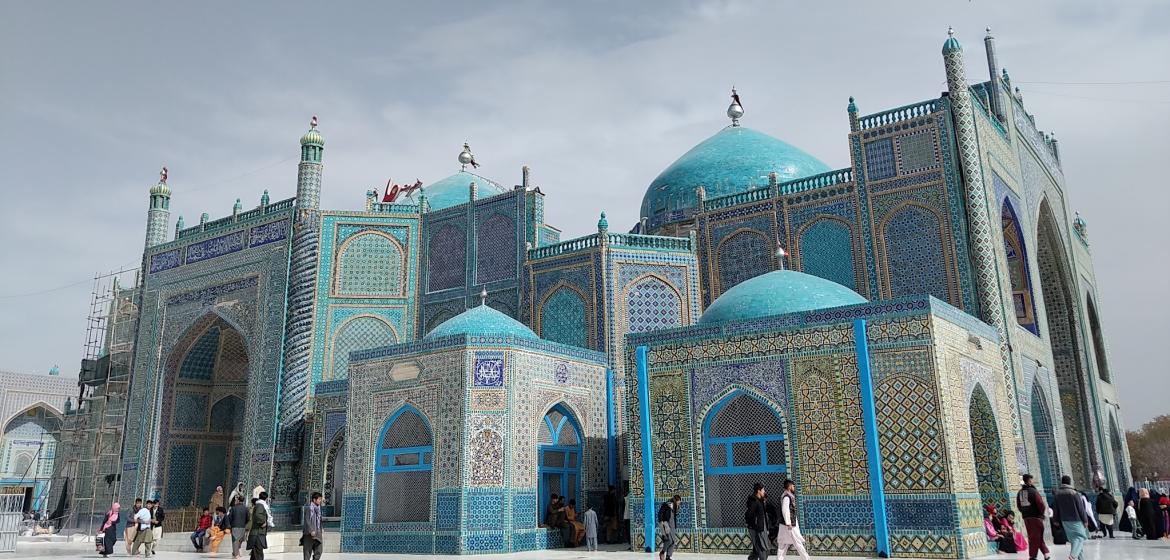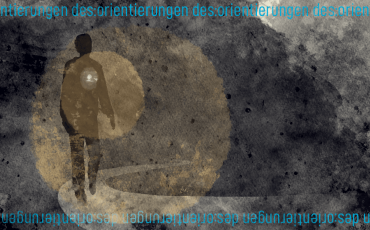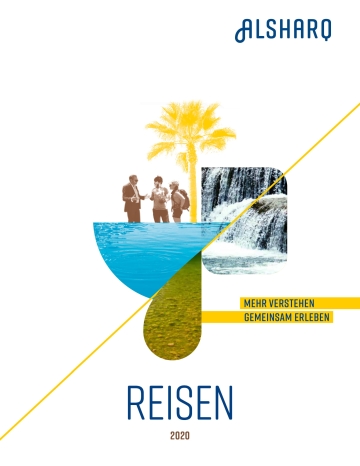As spring approaches, the people of Afghanistan anticipate the celebration of Nawroz — the New Year. Although official celebrations have been banned in Afghanistan since 2022, the event remains emblematic of diverse cultural traditions.
For over 3,000 years, Nawroz has marked the arrival of spring and the New Year. Celebrated by various ethnolinguistic groups in Western and Central Asia, the South Caucasus, the Balkans, and South Asia, the holiday takes place around the 21st March every year. While specific timings of celebrations may differ regionally, the central theme of Nawroz remains the same: the celebration of new beginnings.
In March 2022, a sense of apprehension hung over Mazar-e-Sharif as residents prepared themselves for their annual Nawroz festivities. It was evident that the Taliban disapproved of the celebration, with even local Taliban officials showing reservations about the event. Just two days before Nawroz, Taliban spokesperson Zabiullah Mujahid called off the official celebrations, declaring them “un-Islamic.”
Further underscoring the Taliban's opposition to Nawroz, the group’s Morality Police spokesperson, Sadeq Akif Muhajir, denounced the holiday as a “custom of fire worshippers”—a pejorative reference to Zoroastrians. This language is often used by Sunni extremists to diminish Shias, falsely implying that all aspects of Shia beliefs are Iranian and therefore also Zoroastrian. Although Nawroz is not an explicit part of Shia teachings, modern Sunni extremists, including the Deobandi school to which the Taliban belong, reject any practices that are even remotely associated with Iranian culture.
This attitude overlooks the fact that many influential Sunni scholars, such as Al-Bukhari and Abu Hanifa, come from Iranian-influenced areas. Bukhari compiled the Hadith collection which is named after him, and is considered by Sunni Muslims to be the most authentic of all Hadith collections. Abu Hanifa, whose Persian-speaking ancestors were from Kabul, is regarded as the founder of the Hanafi school of law.
Not all current Nawroz customs can be traced back to Zoroastrian practices. Some traditions, such as the Haft Sin table, have been influenced by Islam and can be found across national borders in the region. The Haft Sin table features seven items that symbolize various aspects of life and the beginning of spring: apples stand for health, coins for wealth, and garlic for protection from evil. This table embodies the spirit of rebirth and renewal, and hope for the coming year. While some originally Zoroastrian customs have evolved, others, like Chahr-Shanbe Suri — the public lighting of bonfires and fireworks on the last Wednesday before Nawroz — have gradually vanished from Afghanistan's culture.
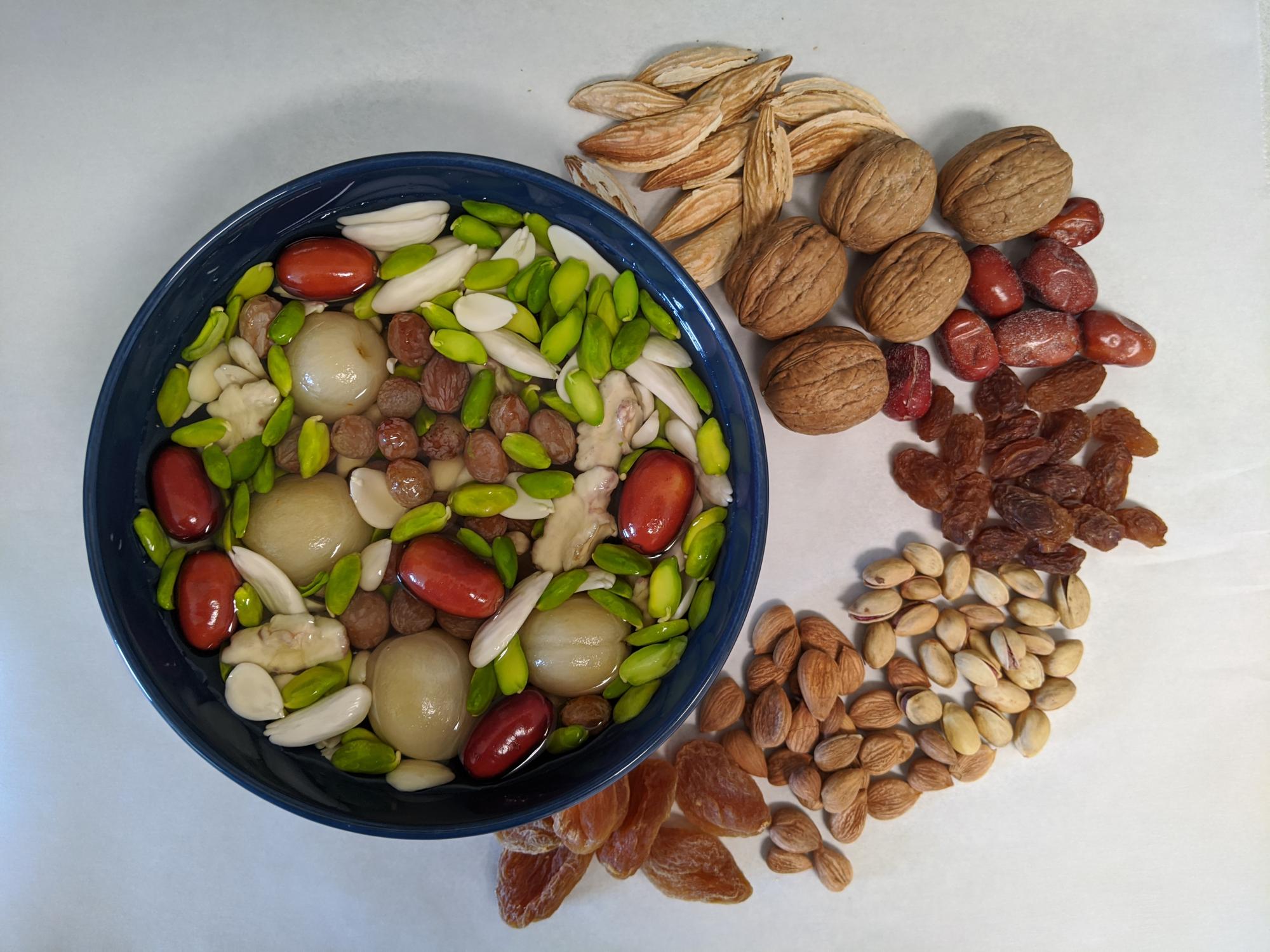
Let's go to Mazar and Admire the Tulips
A cherished Afghan Nawroz custom is the creation of Haft Mewah (translated as “seven fruits”), a New Year's drink containing seven distinct dried fruits and nuts: raisins, flour berries, pistachios, hazelnuts, dried yellow plums, almonds, and walnuts.
Long before modern Afghanistan was established, old and new traditions seamlessly blended. A significant element of Nawroz in Afghanistan involves a pilgrimage to the shrine of Ali ibn Ali Talib in Mazar-e-Sharif. Ali, the cousin and son-in-law of the Prophet Muhammad, is worshipped by Sunni Muslims as the fourth caliph and by Shia Muslims as the first imam, solidifying his importance as a central religious figure in Islam. Each year, thousands of people from across Afghanistan travel to the tomb to pay their respects, say their prayers, and join in Nawroz festivities.
This tradition can be traced back to at least the late 15th century, as evidenced by the folk song “Mullah Mohammad jan,” written by poet Ali Sher Navai in the historic city of Herat. The lyrics recount the tale of noblewoman Aisha, who promises to volunteer at Ali's shrine in Mazar-e Sharif if she is allowed to marry her beloved Mullah Mohammad, a humble student of traditional religious studies. The song gained international acclaim in the 1970s, with various renditions by artists such as Sarban, Googoosh, and Sami Yusuf.
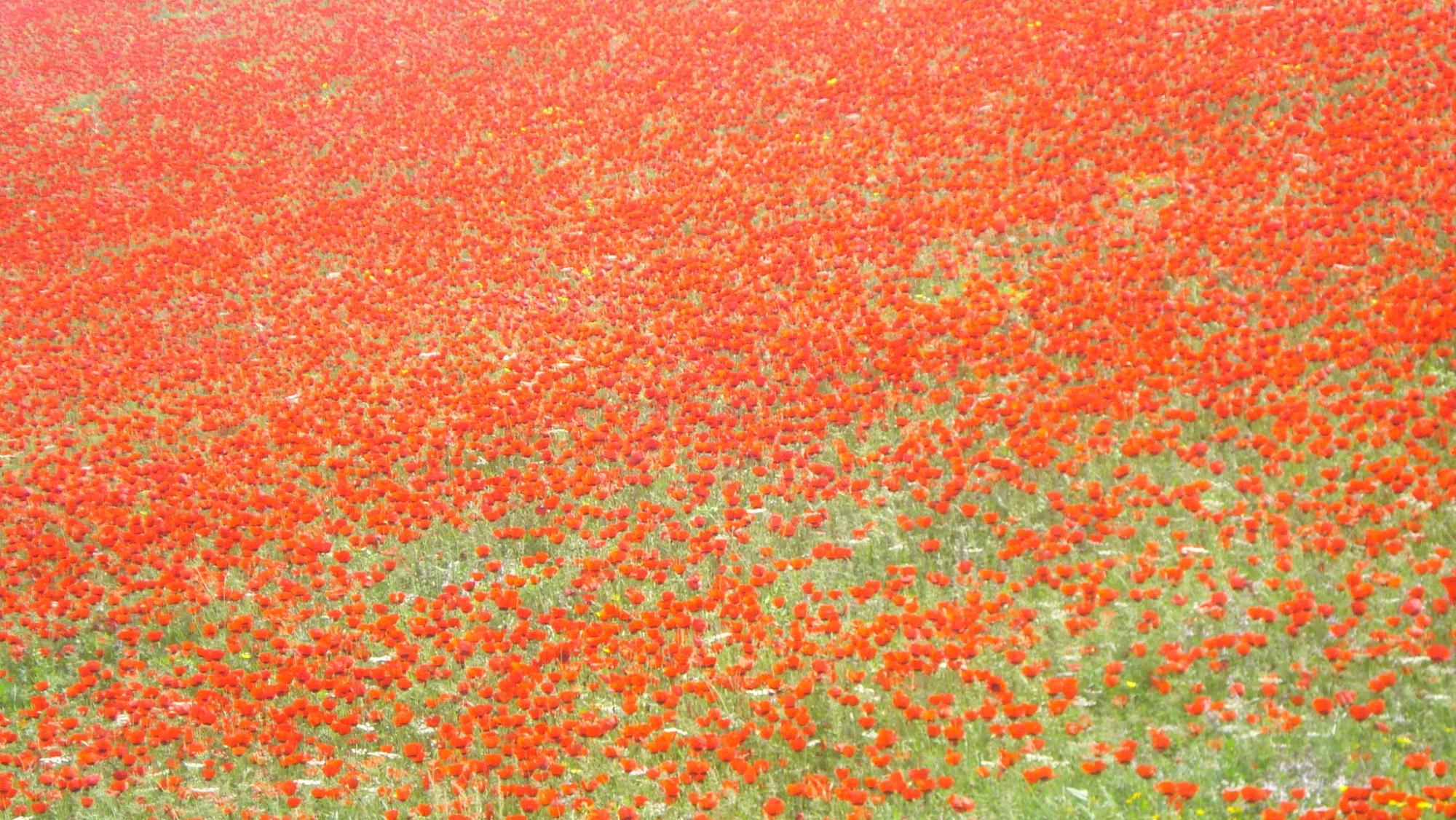
While Nawroz is not explicitly mentioned in the song, the lyrics reference “wild tulips.” In northern Afghanistan, particularly around Mazar-e Sharif, the “Mela-e Gul-e Sorkh” or Tulip Festival is a renowned Nawroz tradition. After visiting Ali's shrine, visitors admire the vibrant red tulips growing wild in the region. This festival celebrates the blossoming of red tulips, which symbolize the rebirth and splendor of spring. Over a 40-day period, people from near and far congregate in Mazar-e Sharif to immerse themselves in the crimson spectacle. Coinciding with the Tulip Festival is the “Jahenda Bala” celebration, which is the most important public celebration of Nawroz in Afghanistan.
Ali's flag - a Symbol of Hope
The “Jahenda Bala”, or “raising of the flag”, marks the beginning of Nawroz each year: a bright flag is raised in the courtyard of the Blue Mosque, Ali's burial mausoleum in Mazar-e-Sharif. This flag is known as the “Jahenda” and is associated with various religious ceremonies. This tradition has its origin in the Derafsh Kaviani, a legendary flag of the ancient Iranian civilization. Premodern “nationalistic” ideas were replaced by religious Islamic rituals in honor of Ali. Amid the joy and applause of thousands of visitors, the ceremony typically unites Sunni and Shiite Muslims from across Afghanistan, transcending cultural and geographic boundaries as they gather in the courtyard — or watch the event from afar.
Shia Muslims from other countries have a limited understanding of this tradition, as it is widely believed among Shias that Ali was buried in what is now Najaf in Iraq. Some sources even suggest that the tomb may be that of Zoroaster, the founder of Zoroastrianism. The religion of Zoroastrianism originated in the city of Balkh, in the province of the same name. The celebration of Nawroz in Afghanistan embodies a cultural fusion, seamlessly combining ancient pre-Islamic customs with spiritual elements from Shia and Sunni traditions. This fusion of cultural and religious practices has produced a regional, Afghan expression of Nawroz that is deeply rooted in symbolism.
Afghanistan's Nawroz festivities embody the nation's abundant and diverse cultural heritage, forged by a complex history of migration and cultural exchange. From Zoroastrianism to the emergence of Islam, the customs and traditions surrounding Nawroz have been molded by the multitude of cultural forces that have shaped Afghanistan's past.
Modern Purism Versus Traditional Diversity
In recent years, the Taliban has increasingly endeavored to rewrite Afghan history and culture, culminating in the ban of Nawroz as a holiday in 2022. Through this action, the Taliban seeks to impose upon the global community and local population alike a nonexistent puritanical version of Islam that sharply contrasts with the nation's diverse reality. Many Afghans perceive this as an attempt to eradicate their cultural heritage and impose an alien cultural identity upon them.
The Taliban's opacity in decision-making has become increasingly apparent since they regained power in August 2021. Regardless of the subject — be it human rights, women's rights, or other matters — they invoke the ultimate argument of “Afghan” or “Islamic values”. They do so without further clarification or explanation, making sure it aligns with their current agenda. When rejecting democratic elections or in response to women and girls attending schools and universities in other Muslim countries, they reference “Afghan values”. However, when addressing customs and traditions common in Afghanistan, such as Nawroz celebrations, they cite Islamic traditions.
This approach is not only arbitrary, but also exposes the Taliban's ignorance of Afghan culture and religious practices, as their treatment of Nawroz clearly illustrates. What should have been the celebration of the first day of the year is henceforth a working day in Afghanistan.

